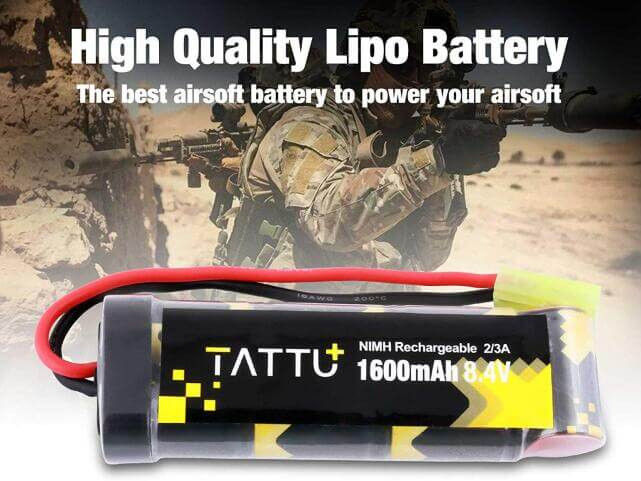Airsoft Gun Battery Guide
Feb 6th 2019
Airsoft guns have one of three powerplants - spring-piston, gas or automatic electric (abbreviated AEG, for the automatic electric gun). That small airsoft gun needs electric power, which it draws from a battery of some type stored out of sight on the gun. Inexpensive AEGs operate on common AA batteries. When the guns become more sophisticated, they use rechargeable batteries. Many AEGs that use rechargeable batteries come with one battery pack and a charger, so the gun is complete. Today we will give some tips about choose Airsoft gun battery, hope it can help you.


